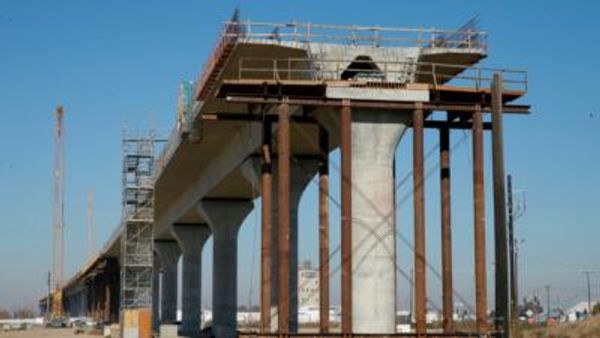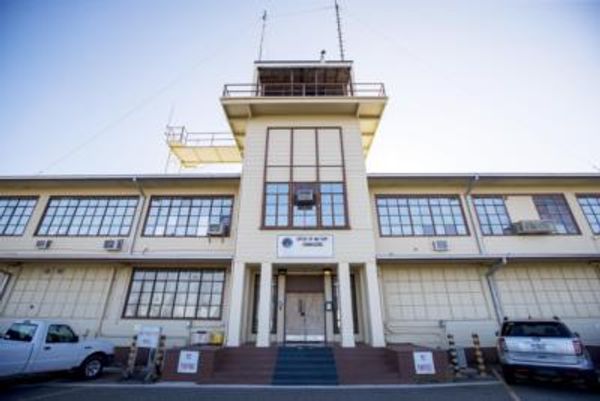At the end of last year, I concocted a brief but visually resplendent photographic tour of some of Iceland’s most beautiful volcanoes. This month, I was planning on giving you a similar tour of Italy’s volcanoes, but I’ve had a little change of heart.
Having a look back through my other posts on this fine site, I rediscovered this one – an exploration of Earth’s volcanoes from space, designed to make you feel incredibly small. This convinced me to try out a different piece this time around: a perhaps misguided attempt at conveying the power of Italy’s volcanology, using just a single shot.
Normally, I’d look to professional photography for a task like this, taken either by adventurers on the ground, or using satellite imagery. Allow me to be a little self-centered here: I’m going to use a shot of my own, of Mount Etna, one of the world’s most famous and most dangerous volcanoes, taken a few years back during a personal adventure.

It’s rare that words and numbers alone will do any volcano justice, let alone one with such a vibrant geological and historical tapestry as Etna. Sitting at 3,295 meters (10,810 feet) above sea level, this stratovolcano – the forge of Hephaestus, the prison to Typhon – is a profuse generator of extensive lava flows, volcanic lightning and the occasional violent paroxysm. It rises over Sicily like a fiery sentinel, granting it fantastically fertile soil, and prepping itself for effusive or explosive eruptions, its liquid flames drawn from an ambiguous, underlying source that has been subjected to a range of scientific hypotheses, from the controversial to the downright provocative. It is both death-dealing and life-giving – history-altering and awe-inspiring.
And yet, despite my feeble attempts at a bit of scientific verbosity, I suspect you feel no less tiny than you did at the start of this short piece. That’s where my photograph comes in. Perhaps it won’t work, but perhaps it will, so here goes nothing.
The flanks of Etna, at least from the summit, seem incredibly steep. Trip off an awkward leading edge, and you’ll go for a somewhat painful tumble. This shot shows a few people – tourists, photographers, and lonely wanderers – looking out over Sicily, right from the summit of the storied volcano. This isn’t just one side of the volcano shown here in profile: it’s just one part of one segment of Etna; there are plenty more like it, and I’ve taken this shot leaning precariously over another slither of high-relief rock jutting out from the mountain’s peak.

This shot, and this experience, certainly made me feel considerably small – something that I suspect is a rather necessary feeling for most of us. Sure, it’s good to feel powerful and emboldened, confident and perhaps even invincible at times, but feeling small in the face of natural forces is far more important in the long run. It reminds us that we’re forged by this world, and we are part of it, not the all-controlling masters of it. It reminds us that there’s far more going on out there than we know, on Earth and within the wider universe.
When we feel powerful, our world view can sometimes become blinkered. When we feel small, it obliterates pettiness, and reminds us that we’re just one, tiny, insignificant part of a grand tale – to put it crudely, it gives us an incredible sense of perspective.
Faced with sights as magnificent as Mount Etna – or perhaps stars for some, and Tyrannosaurs for others – our curiosity is stoked, and we are pushed to continue to explore, to carve away at the unknown using whatever tool we think may be best. For me, that tool is science: an emotive, storytelling, information-accumulating device without equal.
That’s the feeling that my strangely singular photographic tour of volcanological Italy is supposed to engender. If it hasn’t, then that’s fine – but if it has, then you’ve experienced a modicum of the motivation behind my getting into volcanology in the first place. That constant thrill of feeling miniature in front of scientific wonders is the fire that keeps me writing, and I promise you, there’s nothing quite like it.
Go on, pop on over to Sicily and sit atop Etna yourself. It could just be a fun jaunt around the Mediterranean or, just maybe, it’ll shrink you down to size, and – if you’re lucky – change your life.







